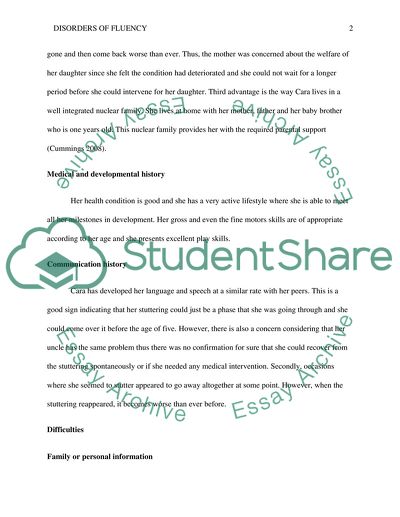Cite this document
(“Language Therapy of Disorders of Fluency Assignment”, n.d.)
Retrieved from https://studentshare.org/health-sciences-medicine/1678503-speech-and-language-therapy-disorders-of-fluency-stuttering
Retrieved from https://studentshare.org/health-sciences-medicine/1678503-speech-and-language-therapy-disorders-of-fluency-stuttering
(Language Therapy of Disorders of Fluency Assignment)
https://studentshare.org/health-sciences-medicine/1678503-speech-and-language-therapy-disorders-of-fluency-stuttering.
https://studentshare.org/health-sciences-medicine/1678503-speech-and-language-therapy-disorders-of-fluency-stuttering.
“Language Therapy of Disorders of Fluency Assignment”, n.d. https://studentshare.org/health-sciences-medicine/1678503-speech-and-language-therapy-disorders-of-fluency-stuttering.


